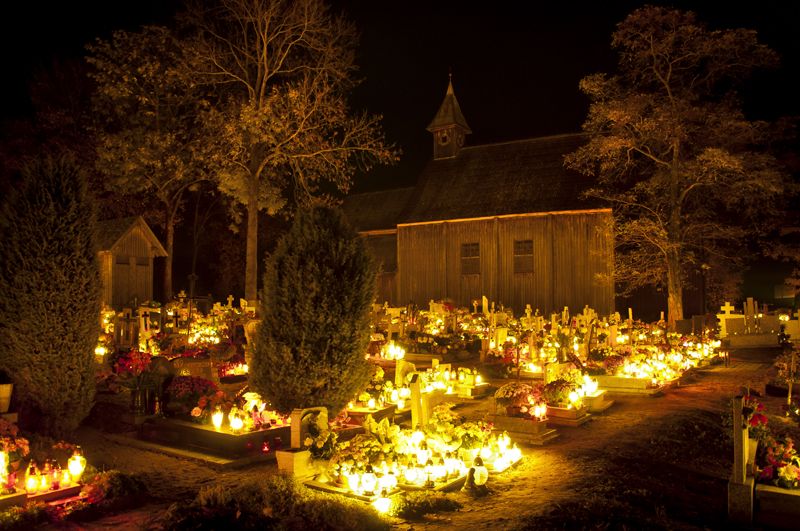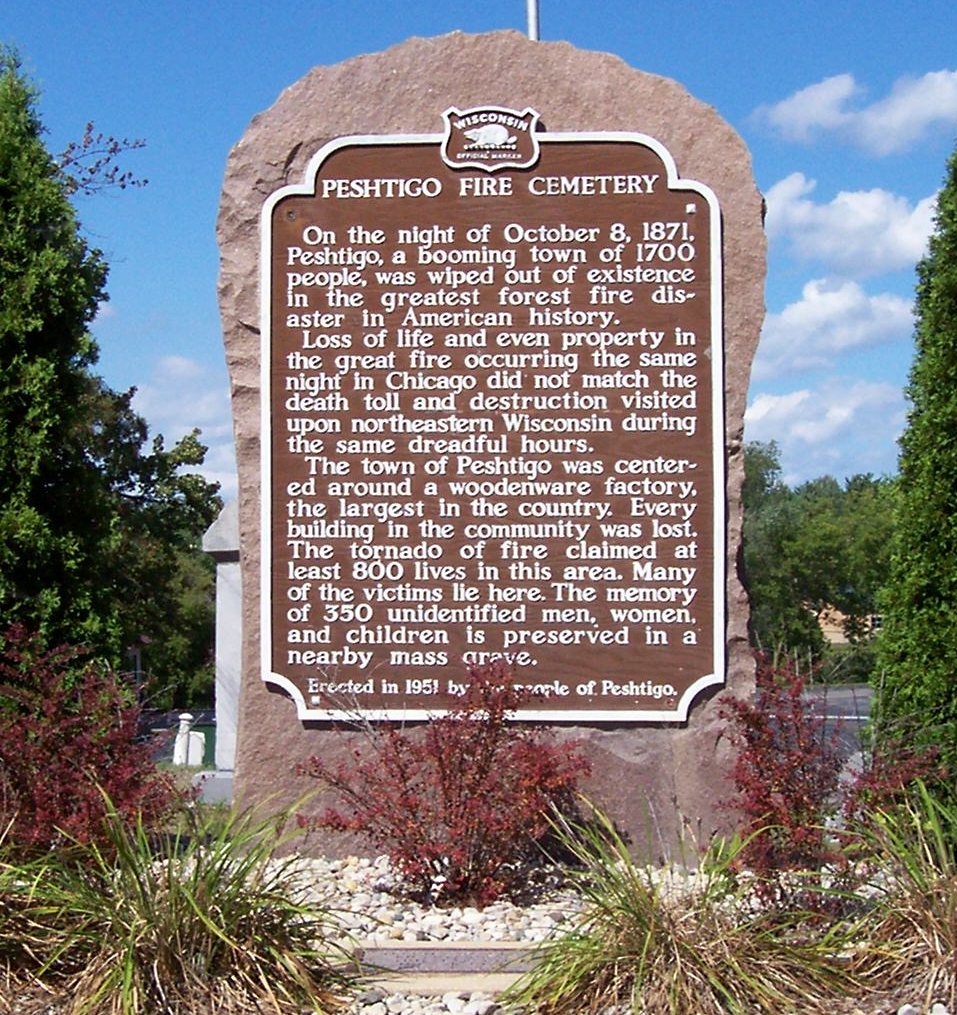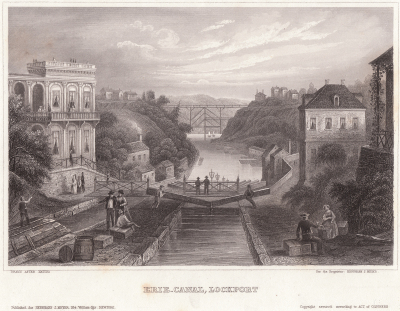It was exiting to see another cousin listed on my 23andMe DNA Relatives list yesterday. While going through my matches, I noticed a familiar name, my paternal grandmother’s cousin (so, my first cousin, once removed.) I now have 4 confirmed cousin matches on that list (excluding my father.)
Also, earlier this week I confirmed the most recent common ancestor (MRCA) speculation on another one of my matches. I did some digging on who we thought was our common ancestor and was able to prove it (with like 95% certainty) that we share 3rd-great-grandparents. I found a lucky obituary via a Google search that confirmed her connection to the TROKA surname. Once there, it just took a little source triangulation to confirm dates and connections back up to Thomas Troka to prove he is the brother of my great-great-grandfather, Joseph Troka.
3 out of the 4 of the confirmed cousins on my list are paternal (1 first cousin; 1 third cousin, twice removed; 1 first cousin, once removed.) The connection on my maternal side is a third cousin through my paternal grandfather. I can now fill in the shared genomes of our MRCAs and see exactly which ancestors I received which chromosomes from. Obviously the goal in that is to go back as far as possible to make it as granular as possible.
Below is my updated Chromosome Map, courtesy of the Chromosome Mapping Tool by Kitty Cooper. Added are the new mapping points for my paternal great-great-grandparents, Thomas & Emma Jane (Firmenich) CORRIGAN and also my paternal grandparents, Richard & Mary Jane (Corrigan) ZALEWSKI.

Funny tidbit, I scheduled this post to go up at π (Pi) today: 3/14/15 9:26
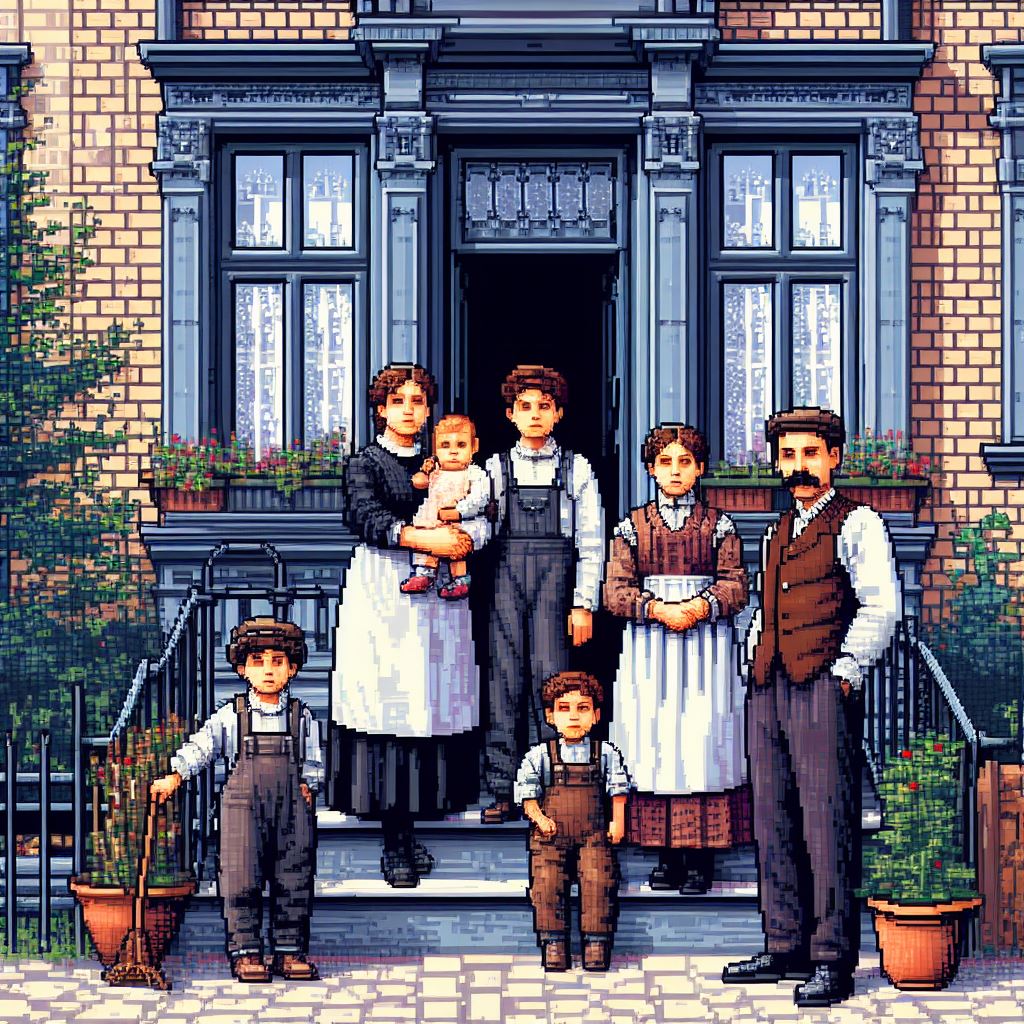

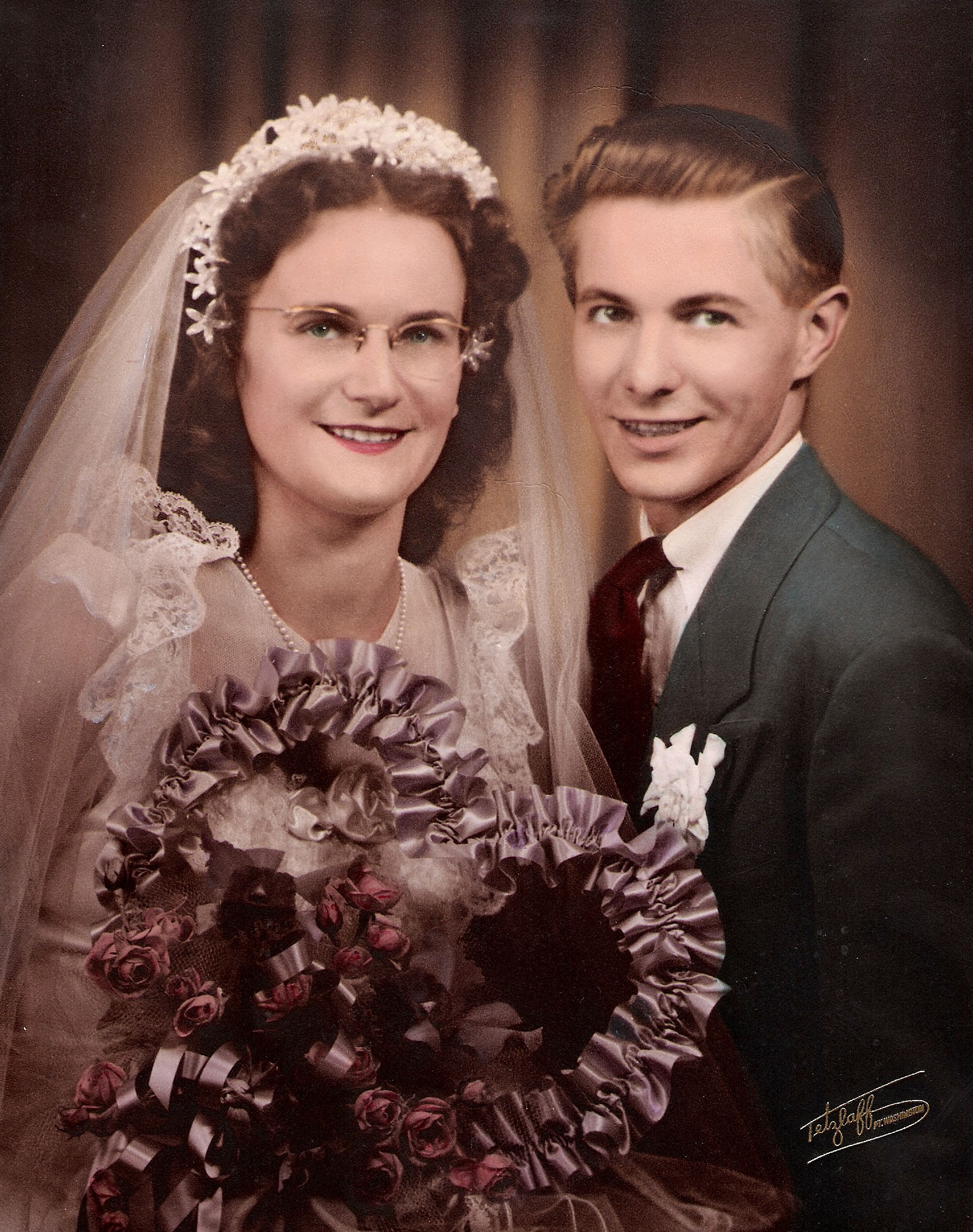

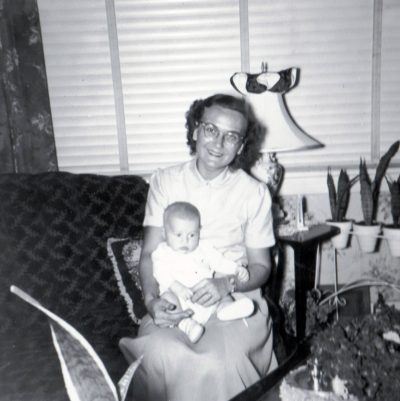
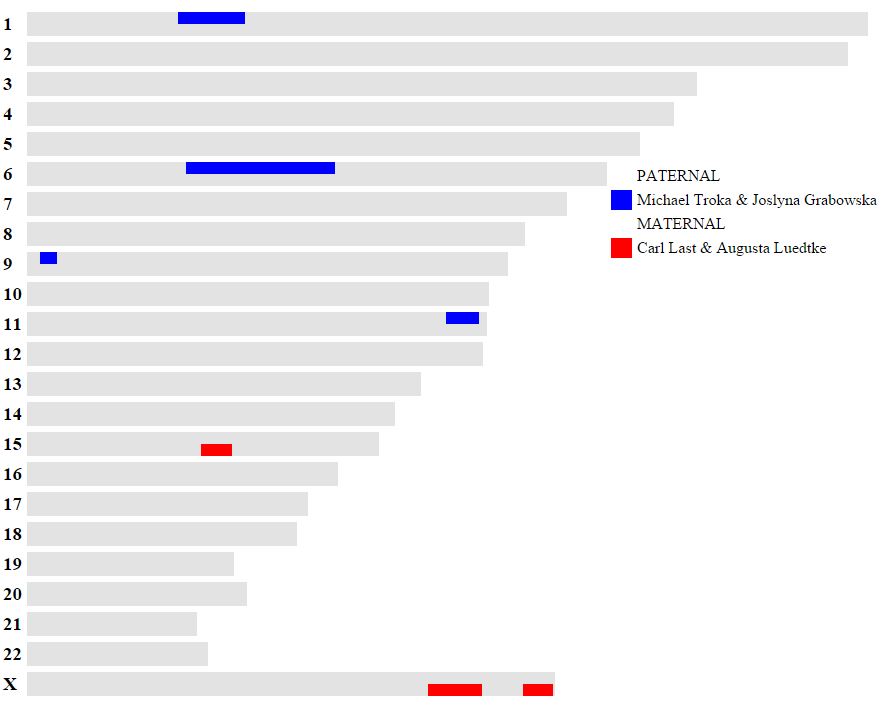

 As some of you may know, genetic genealogy exploded in 2014. Hundreds of thousands of people have now tested their DNA with the big three testing companies (23andMe, Family Tree DNA, or Ancestry.) I have been interested in tracing my ancestry using DNA since
As some of you may know, genetic genealogy exploded in 2014. Hundreds of thousands of people have now tested their DNA with the big three testing companies (23andMe, Family Tree DNA, or Ancestry.) I have been interested in tracing my ancestry using DNA since 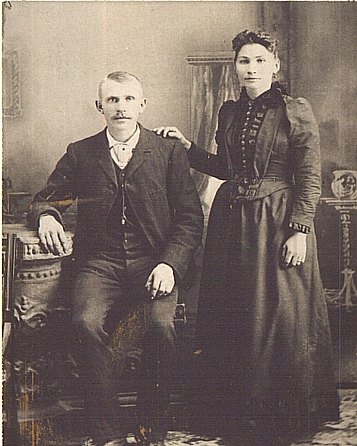
 The forty-first ancestor in my 52-week challenge is my paternal great-great grandfather, Frank F BRAATZ.
The forty-first ancestor in my 52-week challenge is my paternal great-great grandfather, Frank F BRAATZ.